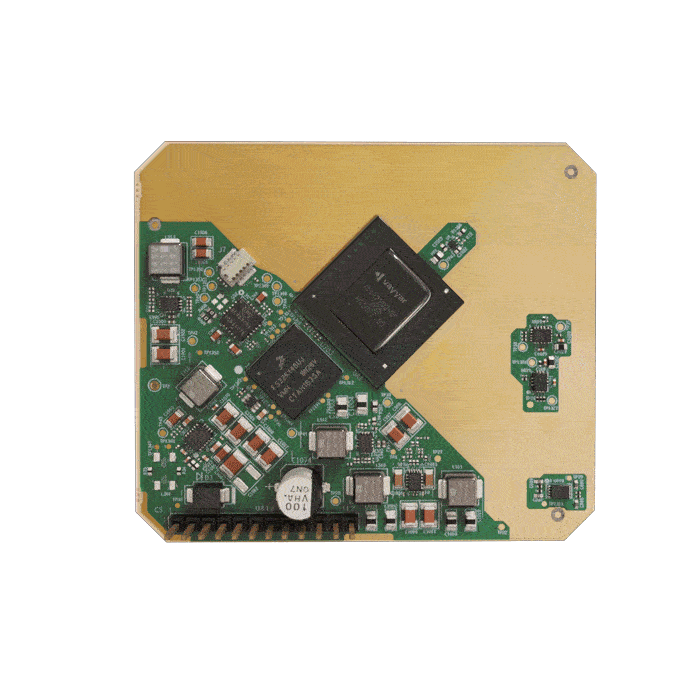Fig,
Yes and no. I agree that experience shooting in wind cannot be discounted as a way to become a better shooter. Currently there is no better substitute for learning to call the wind.
That being said, like the Corps sometimes, don't let your dogma stifle the 'state of the possible' wrt new technology being implemented in a way that gets us closer to consistent first round impacts. New technology should be embraced where it makes sense, backed by the experience to go without that new technology (should it fail, as it often does when it is new, unproven, and untested in real world environments).
If we all stuck with the "meh, that won't make you a better shooter" attitude, because we're stuck doing it the "tried and true" method, than we'd still be guessing wind values and estimating ballistic curves, rather than using a Kestrel and AB with custom drag models.
Not dinging you per se, just saying don't let dogma "and the way it's always been done" blind us to the opportunities that new technology may be able to give us to increase our range and accuracy.
I remember reading an article that Caylen wrote about this very topic wrt to LE snipers and the dogma that is keeping them in the past, when there are better, proven and efficient ways to perform this task call "precision long range".



